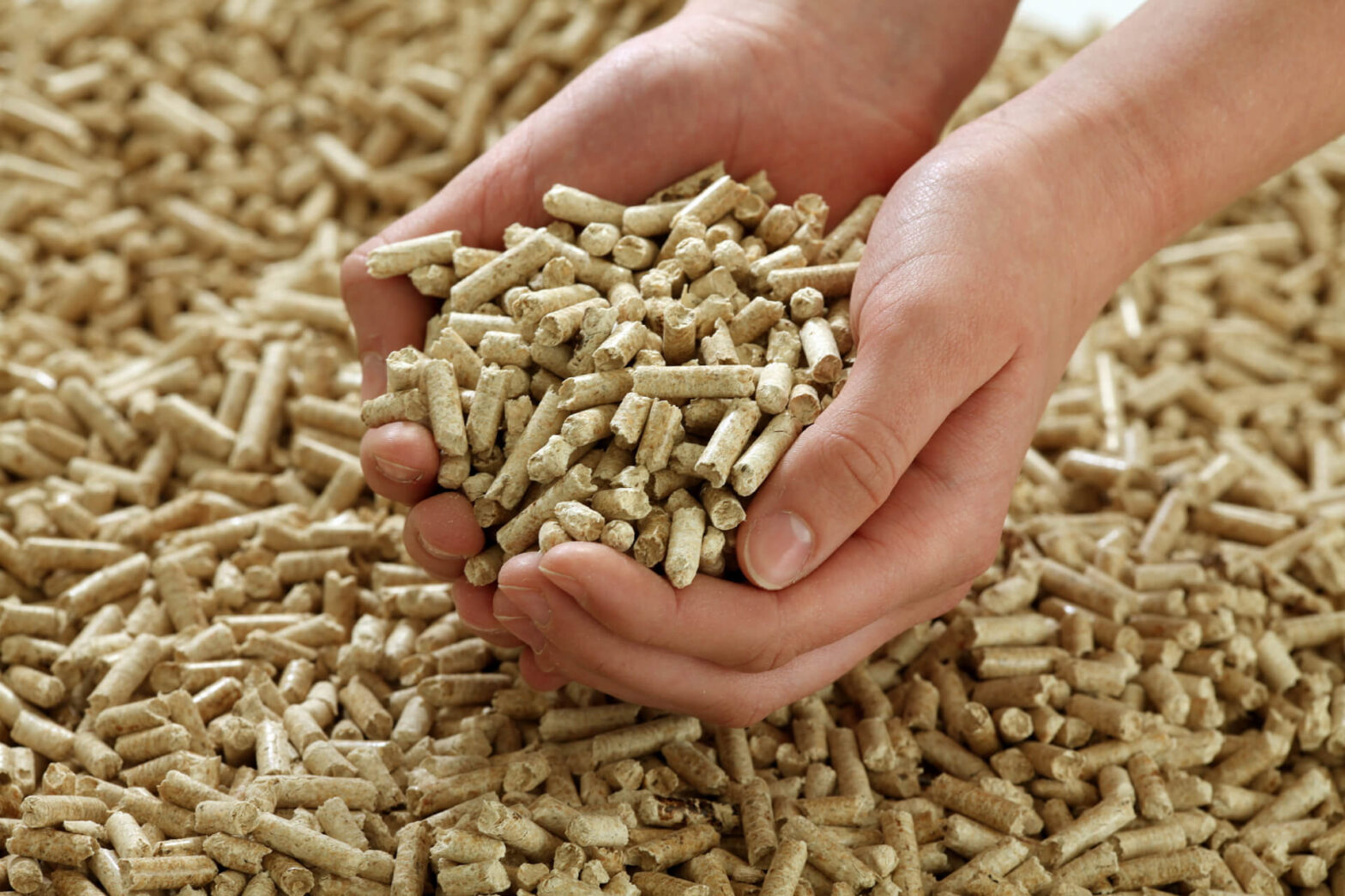Unlocking Hidden Energy from India’s Agricultural Heartland
India’s agricultural sector generates millions of tons of crop residues every year—think groundnut shells, mustard stalks, paddy husks, and sawdust from wood processing. Traditionally, much of this waste ends up burned in open fields, contributing to air pollution and lost opportunities. But what if we could turn this “waste” into a powerhouse of clean energy? Enter biomass pellets: a smart, sustainable solution that’s reshaping how industries fuel their operations.
At Green Pellets India, established in the heart of Bikaner, Rajasthan since 2011, we’re leading this transformation. By converting agro-waste into high-quality pellets and briquettes, we’re not just providing efficient fuel—we’re closing the loop on waste management, cutting emissions, and boosting local economies. Join us as we explore how biomass pellets are powering India’s industrial growth while paving the way for a circular, green economy.
From Farm Residues to Fuel: How Biomass Pellets Are Made
Biomass pellets start their journey in the fields and sawmills. We collect abundant, underutilized materials like sawdust, groundnut shells, mustard residues, and paddy husks—resources that are plentiful across Rajasthan and beyond. These are then processed through a simple yet effective method:
- Collection and Sorting: Fresh agro-waste is gathered from local farms and mills, ensuring it’s free from contaminants.
- Drying and Grinding: Moisture is reduced to under 10% for optimal burning, and the material is ground into a fine powder.
- Compression: The powder is pressed into dense, uniform pellets (typically 6-8mm in diameter) using high-pressure machines—no binders needed, thanks to the natural lignin in the biomass.
- Cooling and Packaging: Pellets are cooled to maintain shape and packed for easy transport.
The result? Compact, energy-dense pellets with a calorific value of 4,000-4,500 kcal/kg, rivaling coal but with far fewer drawbacks.
Why Indian Industries Are Switching to Biomass Pellets
India’s industries—from food processing to chemicals—are under pressure to meet stricter emission norms and rising fuel costs. Biomass pellets offer a compelling answer, blending performance with sustainability. Here’s why they’re gaining traction:
Tailored for Diverse Sectors Our pellets aren’t one-size-fits-all. Take the Namkeen and Papad industry: High-moisture paddy husk pellets provide steady heat for frying without flavor tainting. In Roto Moulding, mustard fuel pellets deliver precise, low-ash combustion for uniform heating. Packaging and Coating industries benefit from sawdust pellets’ clean burn, minimizing residue buildup in machinery. Even heavy hitters like Chemicals and Food processing rely on our biomass briquettes for their dense energy output in large furnaces.
Economic Edge in a Volatile Market With global fuel prices fluctuating, biomass pellets shine as a stable, local alternative. Sourced from domestic waste, they shield businesses from import tariffs and forex risks. Industries report up to 20-30% savings compared to LPG or coal, with payback periods as short as 6 months.
Environmental Wins for Compliance Under India’s National Bioenergy Programme, switching to biomass can earn carbon credits and subsidies. Pellets cut SOx and NOx emissions by 80-90% versus coal, helping factories meet CPCB standards. Plus, recycling 1 ton of agro-waste prevents 1.5 tons of CO2 equivalent from entering the atmosphere— a direct win for climate goals.
Spotlight on Green Pellets India’s Innovations
What sets us apart? It’s our commitment to quality and customization, rooted in Rajasthan’s agro-rich landscape.
- Product Range for Every Need: From versatile Biomass Fuel Pellets for general use to specialized Groundnut Shell Pellets for agro-processing, we engineer each for maximum efficiency.
- Scalable Supply Chain: With roots in Bikaner, we serve pan-India with reliable logistics, ensuring just-in-time delivery for uninterrupted operations.
- Proven Impact: Our clients in the Tape and Packaging sectors have slashed fuel costs by 25% while boosting output—real stories of shared success.
- Community Focus: By partnering with local farmers, we create income streams from waste, fostering rural jobs and sustainable farming.
Real-World Impact: A Case for Adoption
Consider a mid-sized Namkeen manufacturer in Gujarat: Switching to our Paddy Husk Pellets reduced their annual fuel bill by ₹5 lakhs and cut downtime from ash cleanup. Or a Coating plant in Delhi, now compliant with emission laws thanks to low-smoke Mustard Pellets. These aren’t hypotheticals—they’re the ripple effects of biomass innovation.
The Road Ahead: Scaling Sustainability
As India aims for 500 GW of renewable energy by 2030, biomass pellets will play a starring role. Challenges like seasonal supply? We’re tackling them with storage tech and farmer cooperatives. The future is bright: Imagine factories running on 100% local fuel, villages powered by community pellet plants, and cleaner air nationwide.
At Green Pellets India, we’re more than suppliers—we’re partners in progress. Let’s harness India’s agro-abundance to fuel a waste-free, energy-secure tomorrow.
FAQs
Q1: What types of agro-waste are best for biomass pellets?
Common ones include paddy husk, groundnut shells, mustard stalks, and sawdust—abundant in India and perfect for high-energy pellets.
Q2: How do biomass pellets perform in humid climates?
Our low-moisture pellets (under 8%) resist clumping and maintain efficiency, even in high-humidity areas like coastal regions.
Q3: Are there government incentives for using biomass pellets?
Yes, schemes like the SATAT initiative offer subsidies and priority grid access for biomass adopters.
Q4: Can small businesses afford the switch?
Absolutely—start with trial batches; our cost per unit is 20-40% lower than alternatives, with quick ROI.
Q5: How does Green Pellets India support custom orders?
We tailor blends for specific calorific needs, backed by quality testing to ensure seamless integration into your operations.
